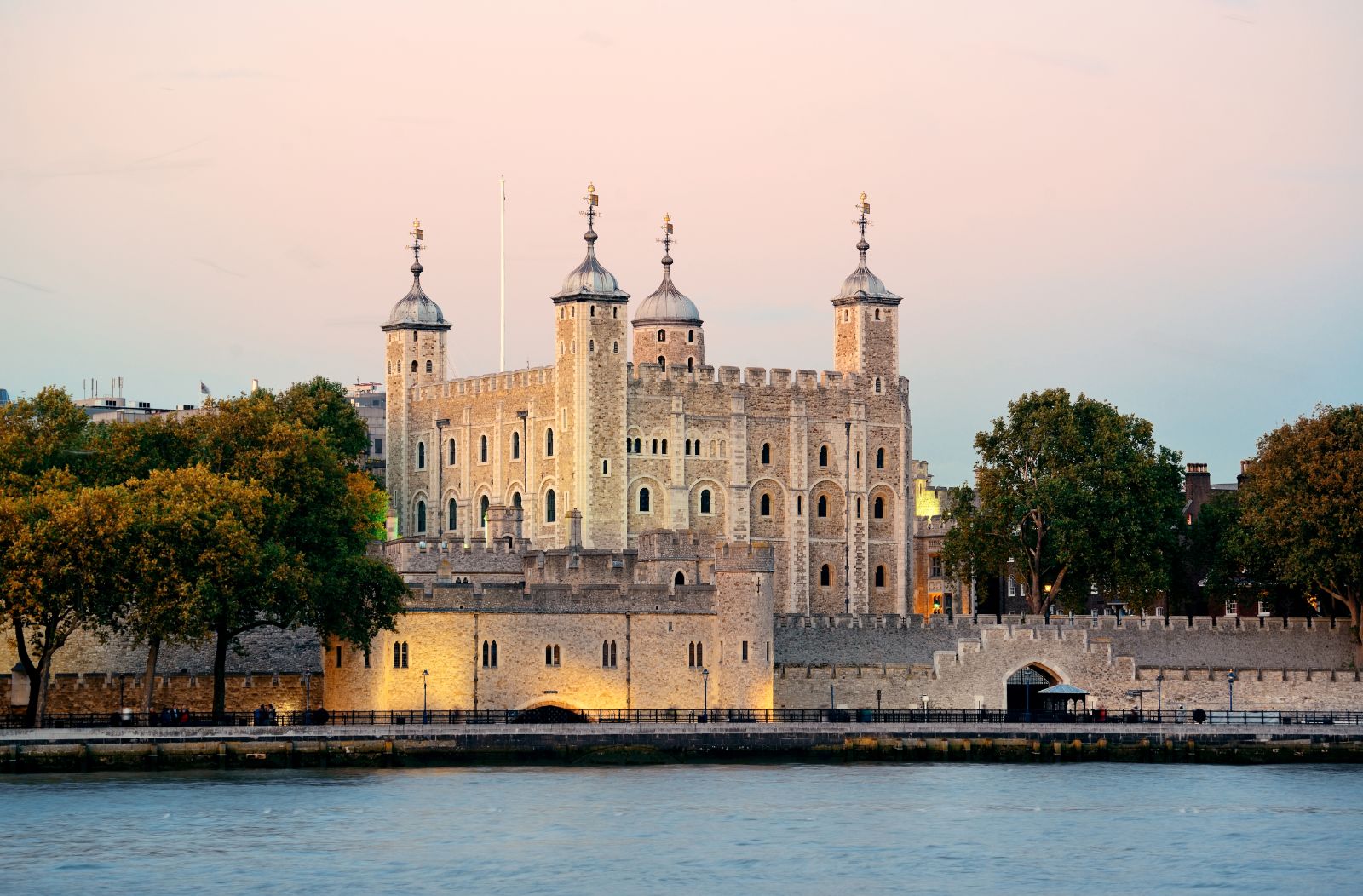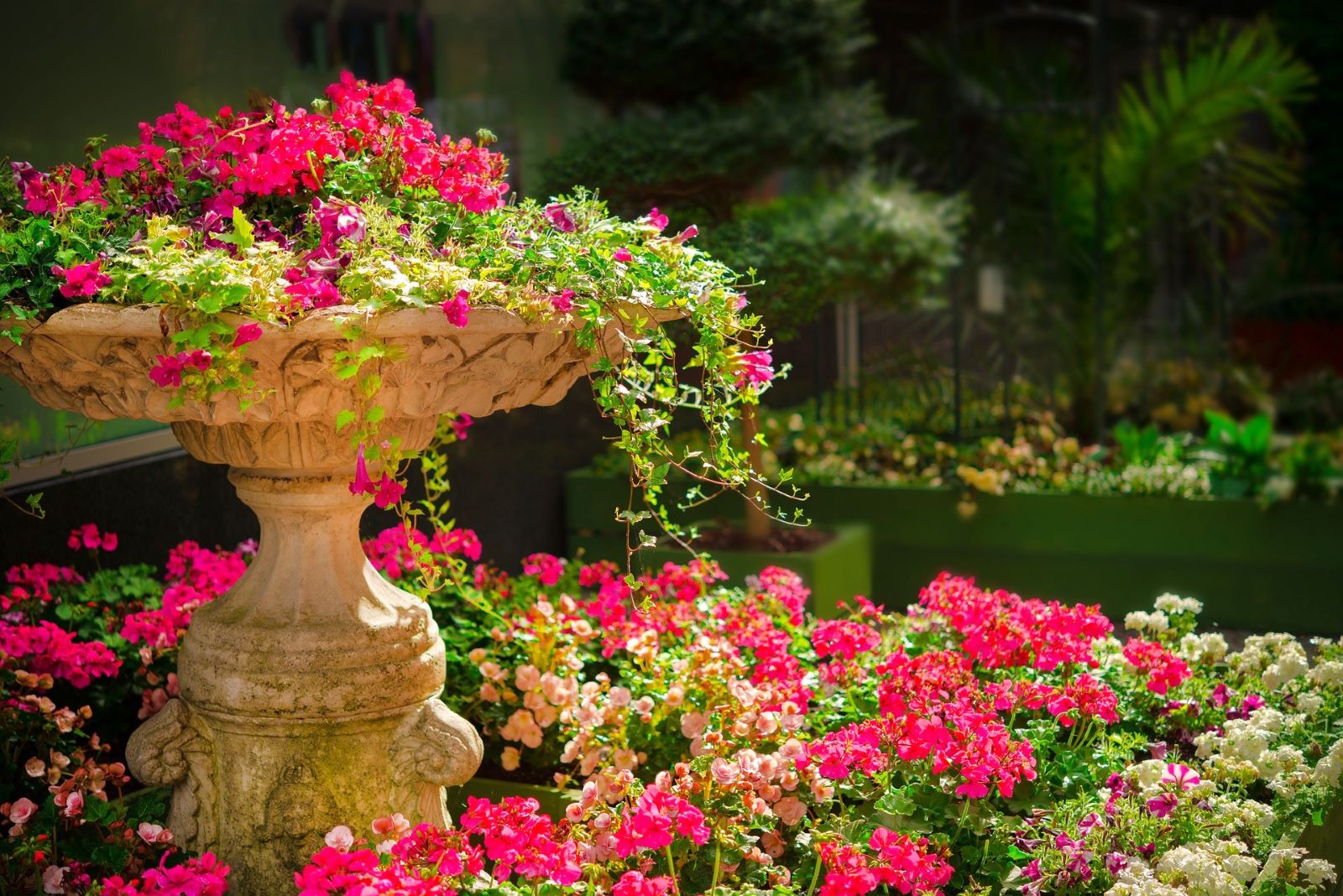Breathtaking scenery, centuries of history and a dash of colourful pageantry: despite its relatively compact size, the United Kingdom of Great Britain and Northern Ireland, to give it its full name, has an abundance of them all. Taste your way around a Scottish whisky region, walk in the footsteps of royalty and explore quaint villages of honeyed stone, before going in search of an ancient monster.
GO WHISKY TASTING AT A SPEYSIDE DISTILLERY

Learn the secrets of the ‘water of life’ in one of Scotland’s best-known whisky-making areas. The northeastern region of Speyside – after the River Spey that flows through it – contains more than half of the country’s distilleries, the oldest of which dates back to 1786. Escorted visits (group or private) take you behind the scenes for an insight into the process of turning barley from the fertile local valleys and the soft water from the hills into a classic Speyside malt. You’ll learn about the various painstaking steps of the distillation and ageing process, then savour the results with a guided tasting where you’ll hear about the difference between Speyside’s relatively light and sweet malts and those from the other five whisky regions. With so many distilleries to choose from, you may want to opt for the one that makes your favourite brand or just the most convenient to where you’re staying.
BACK TO TOP
STEP BACK IN TIME IN EDINBURGH'S OLD TOWN

The atmospheric streets of Edinburgh’s medieval Old Town bear witness to the Scottish capital’s long and rich history. Explore them with an expert guide who knows the most famous sights and more tucked-away treasures, along with a wealth of fascinating tales of life here in the past. The walk focuses on the Royal Mile, the broad sloping avenue that connects the elegant 17th-century Holyrood Palace – still a royal residence – at the bottom to the magnificence of Edinburgh Castle at the top. Along its route, interspersed with pubs, boutiques and cafés, you’ll see old and new parliament buildings, the country’s highest courts and a clutch of ancient churches including the towering cathedral. The crowning glory of the Royal Mile is, of course, the castle. Perched on its granite outcrop, it has looked down over the city for almost 1,000 years; its highlights include a display of Scotland’s Crown Jewels and the 12th-century St Margaret’s Chapel.
BACK TO TOP
STEAM TRAIN THROUGH THE HIGHLANDS

Immerse yourself in some of Scotland’s most majestic scenery from the comfort of an immaculately restored vintage steam train. From April to October, the train travels the West Highland Line from Fort William to the coast at Mallaig – the main port for ferries to Skye – following the route of the famously beautiful Road to the Isles past wild lochs and rugged hills. Along the way, the track crosses the 19th-century Glenfinnan Viaduct overlooking Loch Shiel and long a highlight of the journey for its graceful design; its appeal has soared since the Hogwarts Express puffed its way across it in several Harry Potter films (and Ron and the boy wizard were flung among its arches in a flying car). The 84-mile round trip takes around six hours, including pauses for that perfect photograph, so there’s time to enjoy the landscapes, the nostalgia-inducing sound of the puffing locomotive and, perhaps, a gourmet picnic in Mallaig.
BACK TO TOP
TAKE A PRIVATE VOYAGE ON LOCH NESS

Stretching for 23 miles along the Great Glen – the diagonal fault line that cuts the Highlands in two – the epic Loch Ness is the largest lake by volume in the British Isles. Flanked by swooping hills shaped by long-vanished glaciers, it’s one of the essential stops on any visit to this part of Scotland. Shake off the summer crowds by taking to the water for a private journey in a luxurious boat with a cosy space below for cooler days and plenty of room on deck to drink in the beauty of your surroundings. Glide past romantic ruined castles, cascading waterfalls and lochside villages over a delicious picnic or glass of champagne, if you wish, while hearing about the area’s history and legends – including the famous prehistoric monster, nicknamed Nessie, said to lurk in the lake’s inky depths.
BACK TO TOP
SEE THE STATE ROOMS AT BUCKINGHAM PALACE

With its imposing facade, Buckingham Palace is one of the most recognisable buildings in the world. Most of the year, the monarch’s official residence is a working royal palace, the focus for national and official celebrations and for entertaining visiting heads of state. For ten or so weeks in summer, however, the magnificent state rooms are open to the public and offer an amazing insight into the life of the British royal family. Walk through lavishly decorated rooms brimming with exquisite paintings, antique furniture and fine porcelain, and enjoy temporary exhibitions focusing on different areas of royal life from wedding dresses to childhood. If you’re here in winter, the State Rooms are open again on select dates from November to February, but for expert-led group visits only.
BACK TO TOP
WALKING TOUR OF ROYAL LONDON

London’s royal connection stretches back almost a millennium, creating an extraordinary legacy in the way of architecture, parks and pageantry. On a private guided walk, tailored to your interests and timetable, you’ll see some of the city’s most iconic sights and hear the intriguing stories behind them. Tudor enthusiasts can stroll through London’s oldest royal park where Henry VIII used to hunt deer and pass by the palace where he lived with his second wife, Anne Boleyn – until he had her beheaded. Aficionados of more recent history will appreciate the view along the Mall from Admiralty Arch, commissioned in honour of Queen Victoria, to another memorial to Britain’s second-longest reigning monarch. Those more interested in the lives of the current members of the family can enjoy sights such as Clarence House, the current official home of King Charles III, and Buckingham Palace with its famous balcony. This last also provides an impressive backdrop for the colourful Changing of the Guard, a not-quite-daily ceremony dating back almost 200 years.
BACK TO TOP
DISCOVER HARRY POTTER'S LONDON

Dive into the London of the world’s most famous boy wizard in the ancient streets that inspired his creator JK Rowling and provided many of the locations for the films. Accompanied by a guide steeped in Harry Potter knowledge, you will be whisked by car between a curated selection of iconic sites. These include Kings Cross Station, where the Hogwart’s Express leaves from Platform 9 ¾, and the gloriously Neo-Gothic hotel next door that stands in for the station exterior. Australia House in the Strand provided the grand setting for Gringotts Bank, while Diagon Alley and the Leaky Cauldron pub were filmed at (and drawn from) various gaslit alleyways and historic covered markets. You might also like to visit the House of MinaLima, run by the graphic design team behind the movies and filled with high-quality Potter souvenirs, and extend the magical adventure with an afternoon visit to the Warner Bros Making of Harry Potter experience.
BACK TO TOP
VIP TOWER OF LONDON VISIT

Built as a fortress almost 1,000 years ago, the Tower of London remains an imposing presence on the banks of the Thames. One of four World Heritage Sites in the city, it has been a royal palace and a notorious prison; nowadays, it’s the home of the Yeoman Warders, the resident ravens and, most famously of all, the spectacular Crown Jewels. On a morning VIP visit, with experts on hand, you will have 45 minutes of privileged access before the doors open to the public to browse the priceless collection of jewel-studded crowns, coronets, sceptres and orbs on display in their elegant bomb-proof vault. Gemstone connoisseurs will appreciate the stars among the 23,000 or so in the collection, such as the large Black Prince’s Ruby (actually a spinel), the 105.6-carat Koh-i-Nûr diamond and St Edward’s Sapphire, thought to have been cut for a coronation in 1042. Linger afterwards to discover the Tower’s extraordinary history through permanent and temporary exhibitions and Yeoman-guided walks.
BACK TO TOP
VISIT HIGHGROVE, THE KING'S PRIVATE GARDEN

BACK TO TOP
DISCOVER THE BEAUTY OF THE COTSWOLDS

Covering nearly 800 square miles of gently rolling hills in central-southwest England, the Cotswolds is one of the country’s most picturesque regions and officially an Area of Outstanding Natural Beauty. With a personal driver and knowledgeable guide – and a schedule tailored to your interests, time available and the British weather – you’ll set out to see some of the sights that make this a special place. Chief among these are the quaint villages and market towns of honey-coloured local stone, built on the back of a thriving medieval wool trade. Names to note include ‘the Venice of the Cotswolds’ as Bourton-on-the-Water is sometimes called, and the two distinctively named villages a short walk away along the riverside, Upper and Lower Slaughter (from the Old English for ‘wet land’). Don’t miss Bibury, whose 14th-century Arlington Row cottages are among the most photographed buildings in the country.
BACK TO TOP
LITERATURE IN THE LAKE DISTRICT

The romantic landscapes of England’s northwest corner have inspired generations of famous writers, and their words continue to lure the literary-minded to this breathtaking region of mountains and ribbon lakes. At Windermere, the largest lake, you can hop by boat through stunning scenery and stop at the World of Beatrix Potter to meet some of her colourful characters, then head to the house where she created her children’s stories. Poet William Wordsworth was born in the area and his childhood home in the market town of Cockermouth is open to the public, though it was a later house near Ambleside called Rydal Mount – also visitable – that he described as ‘the loveliest spot that man hath ever found’. Other names to have found a haven here include 20th-century fell walker and author Alfred Wainwright and Victorian polymath John Ruskin; delve into their worlds at the northern end of the 126-mile Wainwright’s Way at Buttermere and at the historic house where Ruskin used to live.





















